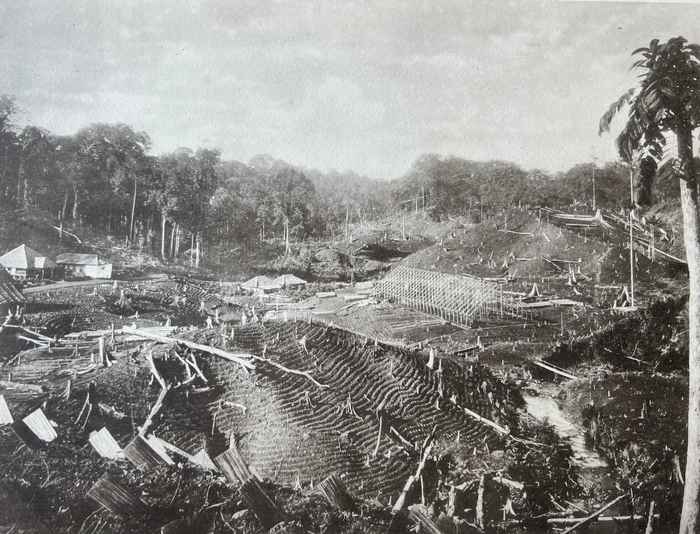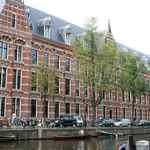Cryptic Letter at Dawn
ACUH seminar with Will Davis
- Date
- 16 May 2024
- Time
- 16:00 -17:00
- Location
- Bushuis/Oost-Indisch Huis
- Room
- VOC-zaal (Dutch East India Company room)

People are awake, busying themselves among lustrous, broad leaves of sleepy tobacco plants, their aroma infused with the humid dawn air. It is 1873 in north Sumatra, in the Dutch East Indies. Hanging by a thread in the doorway to a tobacco drying barn is a piece of bamboo bound with a tuft of horsehair and a shard of bone marked with crisscrossed sooty incisions. It is taken down, translated, and brought to the estate manager. A musuh berngi, meaning “nightly enemy,” is a type of letter used by Batak peoples to communicate a threat, seeking revenge or justice. Unlike the pustaha bark books of the datu that recorded ways of communicating with spirits that inhabited the landscape, nightly enemy letters were short texts that, in the case of the European tabakplanter as recipient, were a portal between worlds. Between the world of the Batak in which the landscape is animated by living creatures and spirits, and the world of the planter in which the landscape was the site of a factory production line to produce commodities.
That the letter was left in the tobacco drying barn in the depths of the night was as auspicious as it was practical. Threatening to burn the barns down, the effective locus for the plantation economy rested in the architecture of the drying barn itself; barns that were built by Batak locals (and not the imported labor force from Java and China). In this talk, Davis is interested in exploring some of the meanings between these worlds that the musuh berngi represents for the history of architecture and environment.
Will Davis is an architectural historian interested in how people interact with plants to make buildings. His research and teaching uses architecture as a lens to understand histories of traditional knowledge, extraction, and agribusiness. He is jointly appointed at the Institute of the History and Theory of Art and Architecture (ISA); and the Institute of Urban and Landscape Studies (ISUP) as project leader of the SNSF project Voyaging Vapors: Plant Histories of Plantation Architectures. He completed his PhD at the University of California, Los Angeles in 2021, and his dissertation project, Palm Politics: Warfare, Folklore, and Architecture, won the Society of Architectural Historians David B. Brownlee Award.
